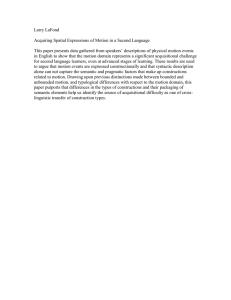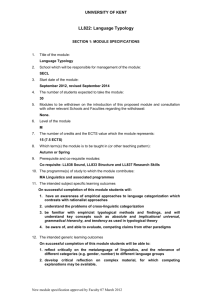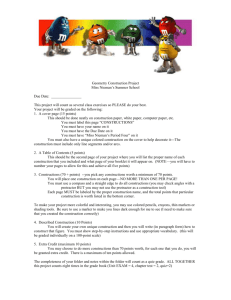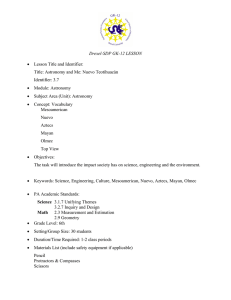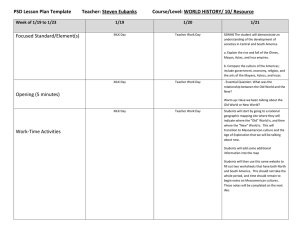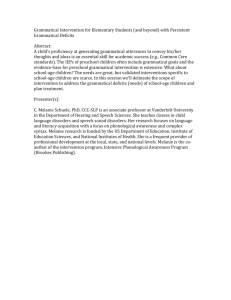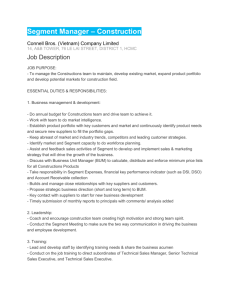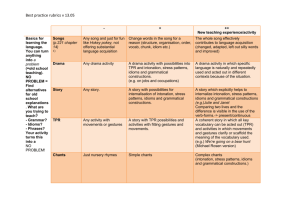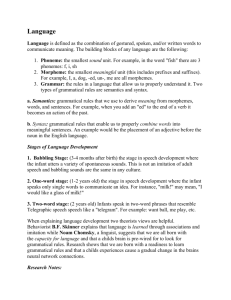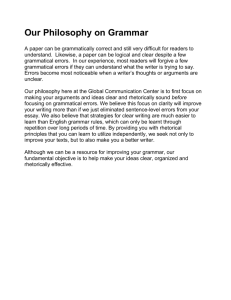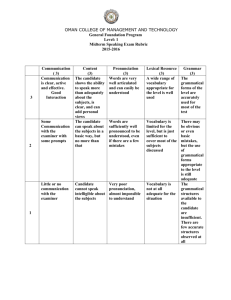Maurizio Generre Colloquium
advertisement
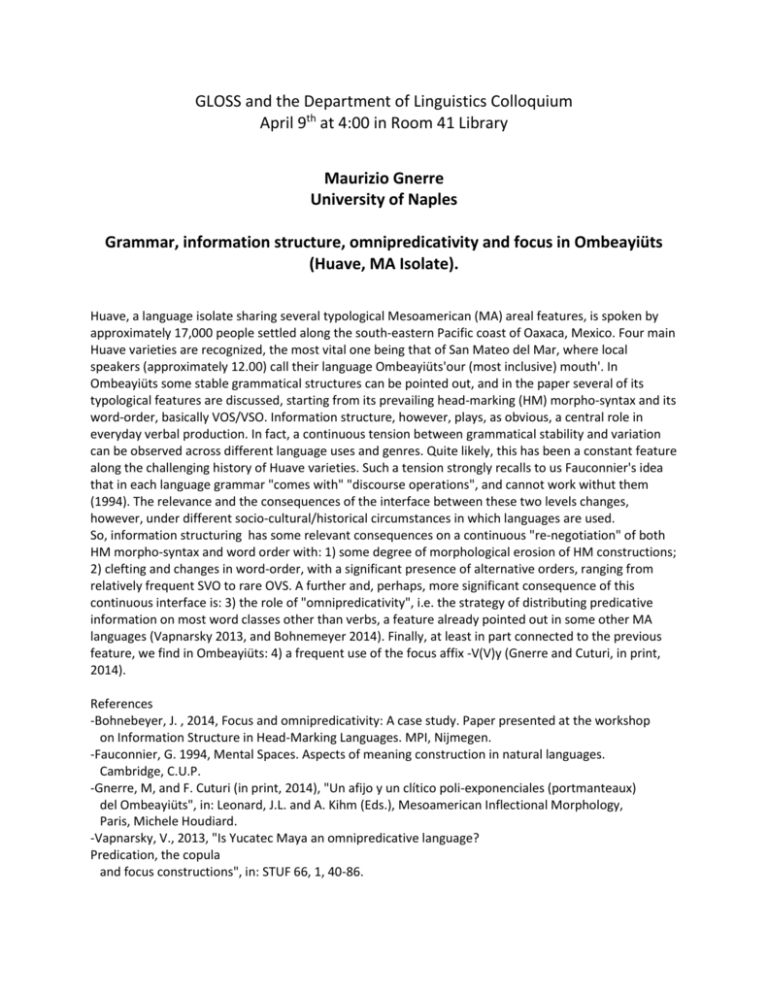
GLOSS and the Department of Linguistics Colloquium April 9th at 4:00 in Room 41 Library Maurizio Gnerre University of Naples Grammar, information structure, omnipredicativity and focus in Ombeayiüts (Huave, MA Isolate). Huave, a language isolate sharing several typological Mesoamerican (MA) areal features, is spoken by approximately 17,000 people settled along the south-eastern Pacific coast of Oaxaca, Mexico. Four main Huave varieties are recognized, the most vital one being that of San Mateo del Mar, where local speakers (approximately 12.00) call their language Ombeayiüts'our (most inclusive) mouth'. In Ombeayiüts some stable grammatical structures can be pointed out, and in the paper several of its typological features are discussed, starting from its prevailing head-marking (HM) morpho-syntax and its word-order, basically VOS/VSO. Information structure, however, plays, as obvious, a central role in everyday verbal production. In fact, a continuous tension between grammatical stability and variation can be observed across different language uses and genres. Quite likely, this has been a constant feature along the challenging history of Huave varieties. Such a tension strongly recalls to us Fauconnier's idea that in each language grammar "comes with" "discourse operations", and cannot work withut them (1994). The relevance and the consequences of the interface between these two levels changes, however, under different socio-cultural/historical circumstances in which languages are used. So, information structuring has some relevant consequences on a continuous "re-negotiation" of both HM morpho-syntax and word order with: 1) some degree of morphological erosion of HM constructions; 2) clefting and changes in word-order, with a significant presence of alternative orders, ranging from relatively frequent SVO to rare OVS. A further and, perhaps, more significant consequence of this continuous interface is: 3) the role of "omnipredicativity", i.e. the strategy of distributing predicative information on most word classes other than verbs, a feature already pointed out in some other MA languages (Vapnarsky 2013, and Bohnemeyer 2014). Finally, at least in part connected to the previous feature, we find in Ombeayiüts: 4) a frequent use of the focus affix -V(V)y (Gnerre and Cuturi, in print, 2014). References -Bohnebeyer, J. , 2014, Focus and omnipredicativity: A case study. Paper presented at the workshop on Information Structure in Head-Marking Languages. MPI, Nijmegen. -Fauconnier, G. 1994, Mental Spaces. Aspects of meaning construction in natural languages. Cambridge, C.U.P. -Gnerre, M, and F. Cuturi (in print, 2014), "Un afijo y un clítico poli-exponenciales (portmanteaux) del Ombeayiüts", in: Leonard, J.L. and A. Kihm (Eds.), Mesoamerican Inflectional Morphology, Paris, Michele Houdiard. -Vapnarsky, V., 2013, "Is Yucatec Maya an omnipredicative language? Predication, the copula and focus constructions", in: STUF 66, 1, 40-86.
